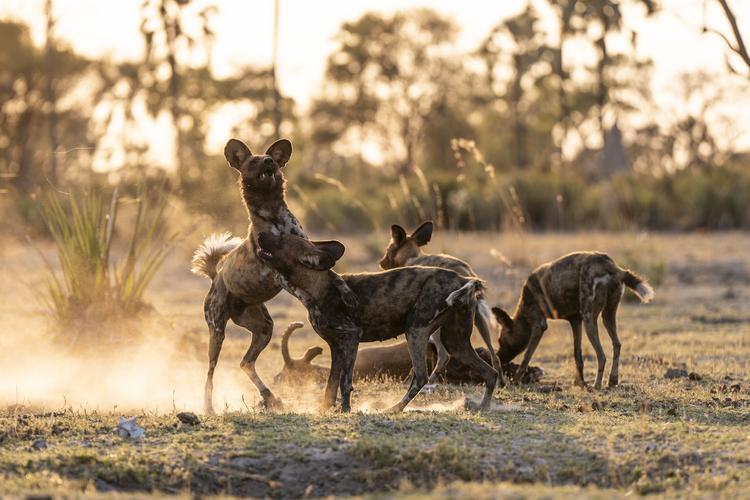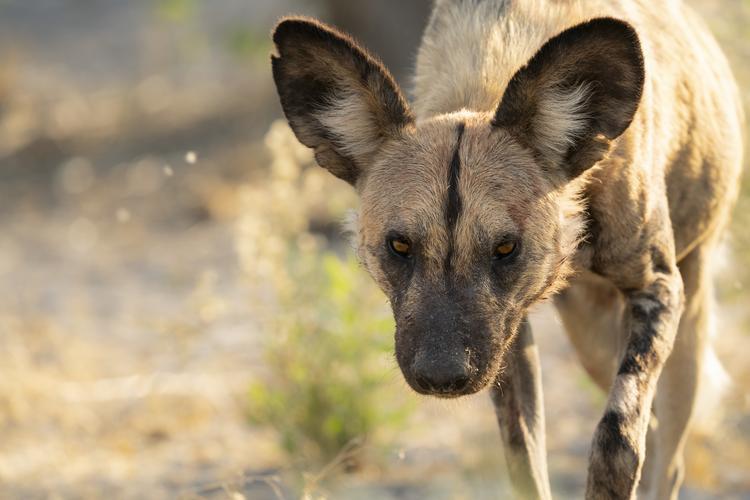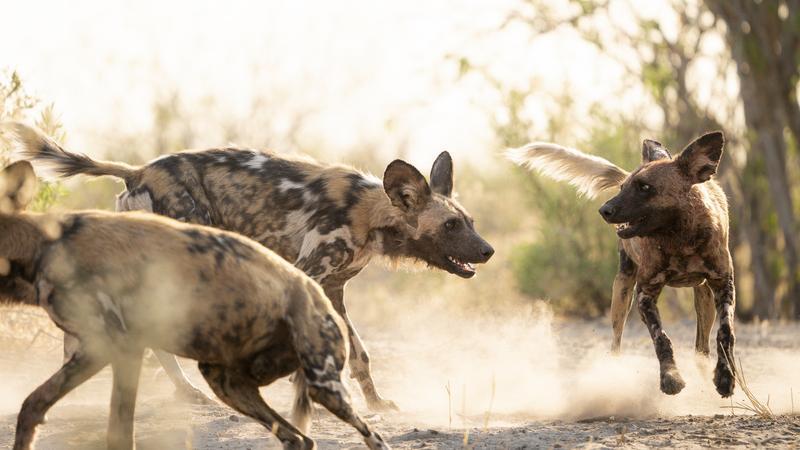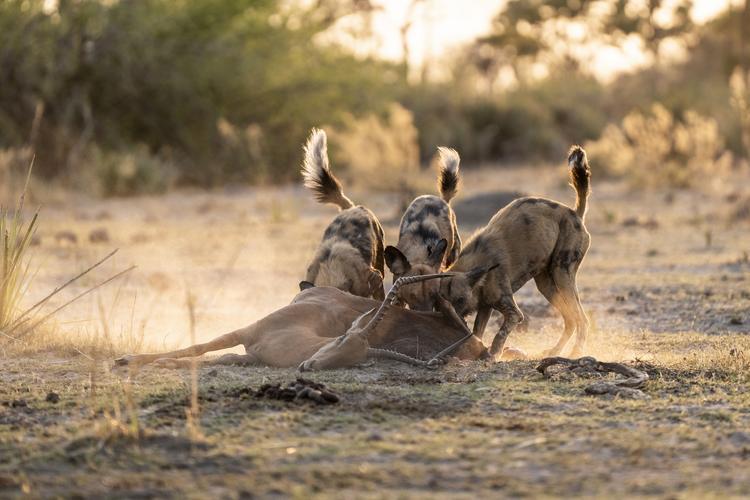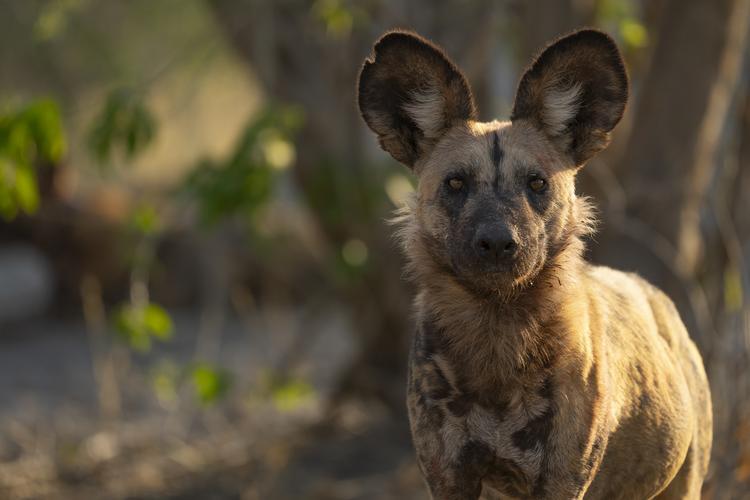Get to know the African wild dog

The African wild dog is also known as the painted dog
African wild dogs have a rich & complex social structure
African wild dogs have strong communication skills
The Alpha female, mom to many
African wild dogs are formidable hunters, with a success rate of up to 80%
To hunt or not to hunt? African wild dog sneeze vote

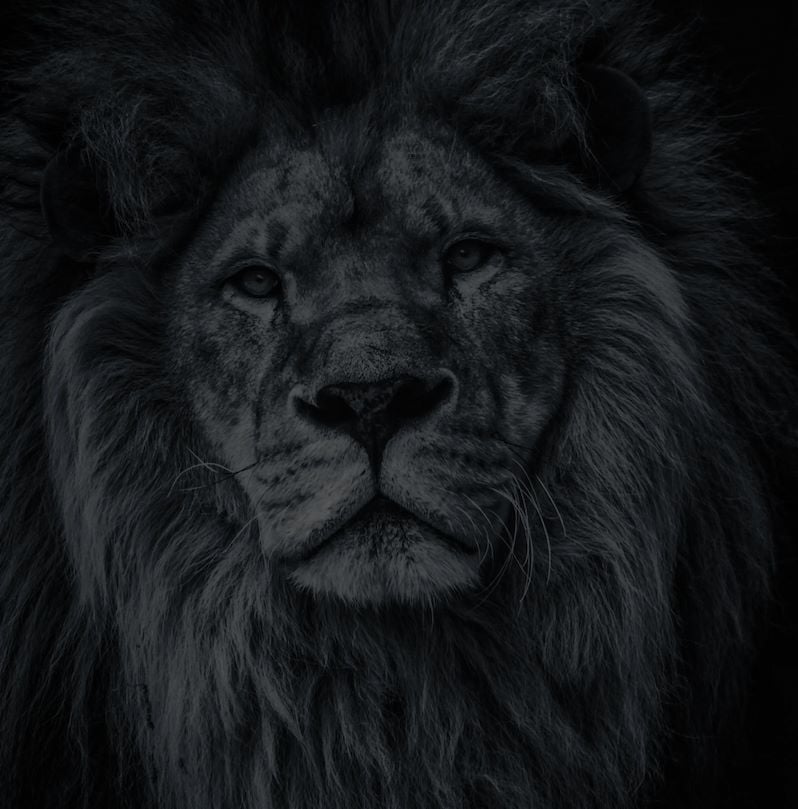
Let’s plan your next journey
Ready?
When we say we’re there every step of the way, we mean it, literally. From planning the perfect circuit, to private inter-camp transfers on Wilderness Air, and easing you through Customs. We’re with you on the ground, at your side, 24-7, from start to finish. Ready to take the road less travelled? Contact our Travel Designers to plan an unforgettable journey.
